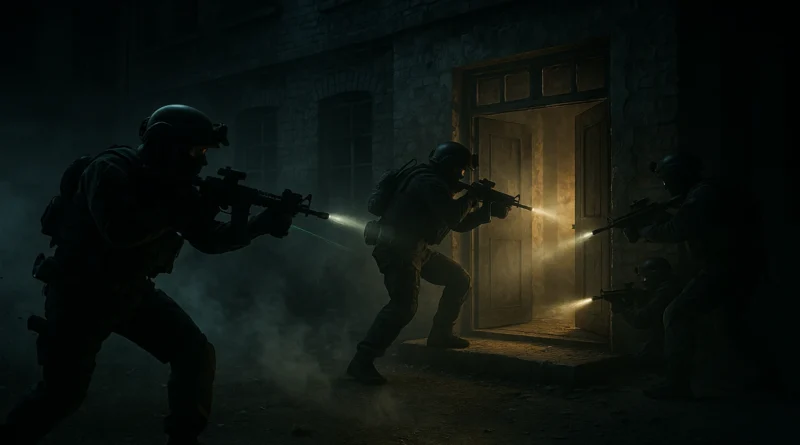Pakistan Rebuilding Terror Camps After India’s ‘Operation Sindoor’ Strikes
You’ve surely heard the old saying: “A thief may give up stealing, but never gives up deceit.” It means that someone addicted to wrongdoing finds it hard to change their ways. The same holds true for our neighbor Pakistan, which seems unable to shake its dangerous addiction to exporting terrorism.
In response to the Pahalgam terror attack, India launched Operation Sindoor, conducting cross-border strikes to destroy terrorist bases inside Pakistan. However, fresh intelligence reports suggest that Pakistan is now preparing to reactivate terrorist launchpads and training camps, especially in Pakistan-occupied Kashmir (PoK) and surrounding areas.
Terror Infrastructure Being Rebuilt
According to media sources, Pakistan’s military, its intelligence agency ISI, and government are reportedly providing substantial funding and full backing for rebuilding these terror infrastructures. On May 7, the Indian Army carried out precision strikes on nine terrorist camps in Pakistan and PoK, targeting key infrastructure linked to three major groups: Jaish-e-Mohammed (JeM), Lashkar-e-Taiba (LeT), and Hizbul Mujahideen. One of the most significant targets was the Jaish headquarters in Bahawalpur, which serves as the primary hub for the group’s operations.
Launchpads and Camps Being Reactivated
Intelligence agencies have revealed that terrorist groups, in coordination with ISI, are attempting to set up high-tech, compact terror camps in dense forest areas near the Line of Control (LoC). The strategy is meant to evade aerial surveillance and attacks. The camps currently under reconstruction are reportedly located in areas such as Looney, Putwal, Taipu Post, Jamila Post, Umrawali, Chaprar, Forward Kahuta, Chhota Chak, and Janglora.
These camps are being equipped with advanced technology designed to evade detection by thermal imagers, foliage-penetrating radars, and satellite monitoring. Furthermore, Pakistan’s military and ISI are reportedly reactivating 13 launchpads in PoK, in areas like Kel, Shardi, Dudhniyal, Athmuqam, Jura, Leepa Valley, Pachiban Chaman, Tandapani, Naiyali, Jankot, Chakoti, Nikel, and Forward Kahuta. Additionally, four launchpads along the international border—which were destroyed during Operation Sindoor—are also being rebuilt, some of them located close to regular Pakistan Rangers’ posts.
ISI’s New Strategy on the International Border
Reports suggest that ISI is reconstructing four launchpads along the international border in the Jammu sector. A new strategy is being adopted where large terror camps are being split into smaller, mini camps to reduce damage in the event of strikes. Each mini-camp will have its own perimeter security, manned by specially trained Pakistani military personnel.
These guards are reportedly being equipped with thermal sensors, low-frequency radar systems, and anti-drone technologies to better detect and defend against Indian surveillance and strikes.
High-Level Meeting in Bahawalpur
Indian intelligence has also intercepted communications indicating a recent high-level meeting held in Bahawalpur. Senior commanders from Jaish-e-Mohammed, Lashkar-e-Taiba, Hizbul Mujahideen, and The Resistance Front (TRF), along with ISI officials, reportedly attended. Notably, TRF was behind the Pahalgam terrorist attack on April 22, which killed 26 people in Jammu & Kashmir.
This growing evidence suggests a coordinated Pakistani effort to revive its cross-border terror network, despite international condemnation and military retaliation.
Stay updated with Latest International News in Hindi on Prabhasakshi

